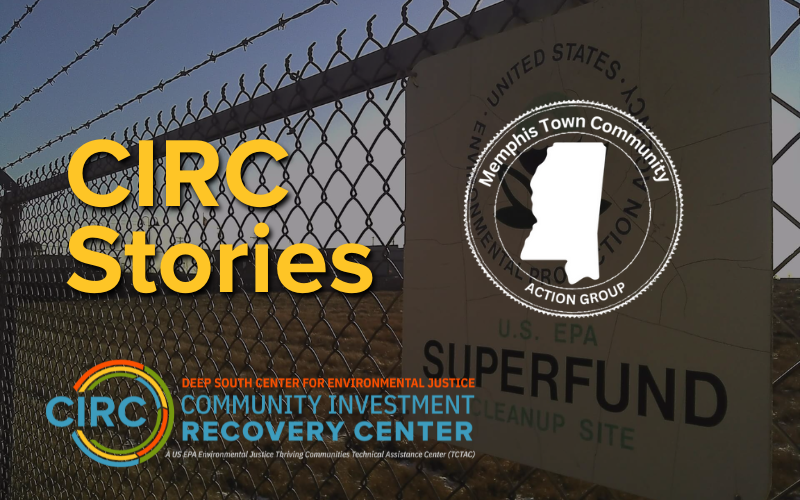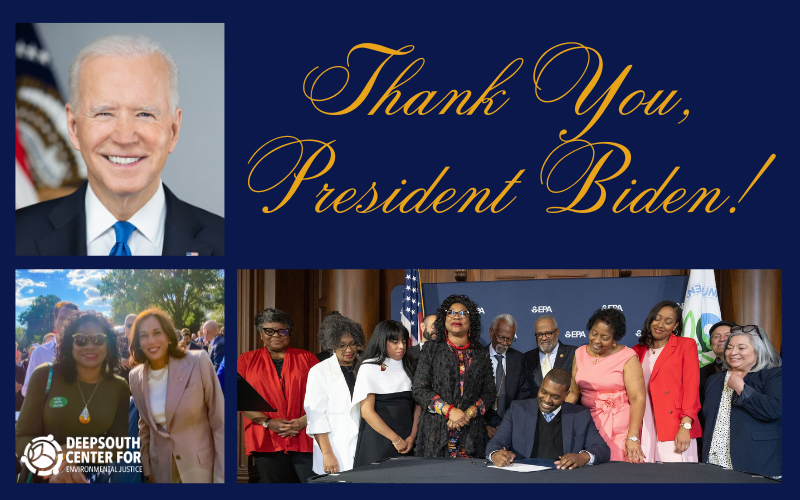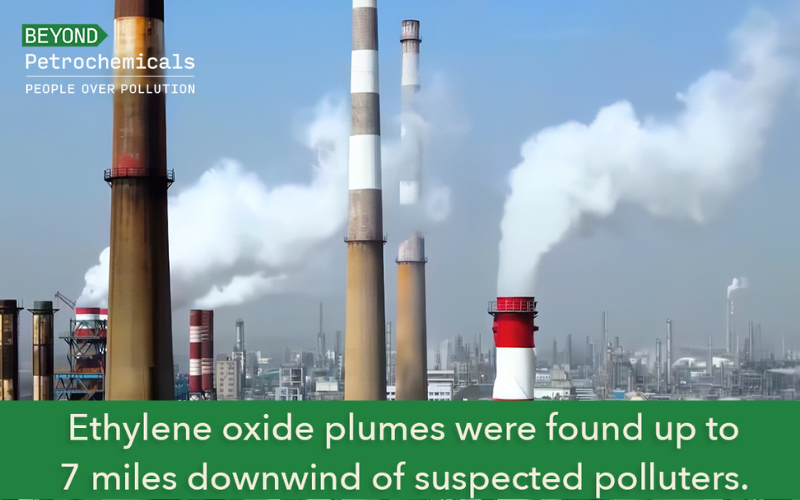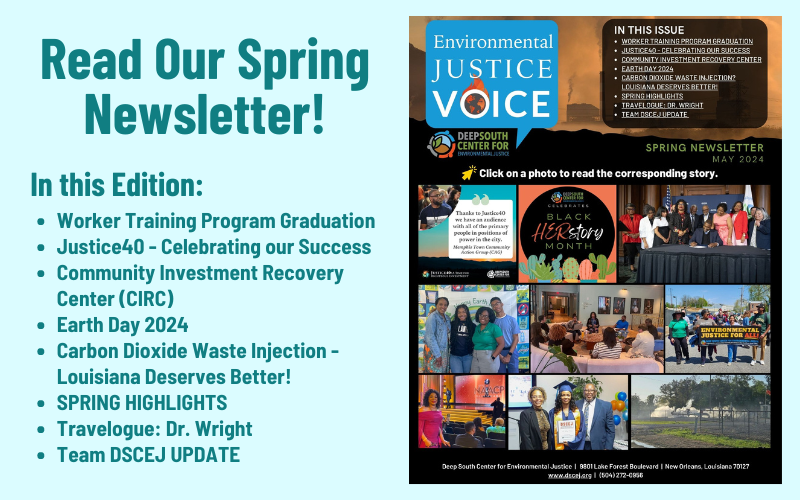Memphis Town, previously a Superfund site, is being rewritten into a story of hope and renewal.
How big can you dream? Pretty big, you say? How big can a community dream? The possibilities are endless when you envision together. Pastor Leach, of Memphis Town Community Action Group (CAG), understood this truth and is on a mission to unlock the potential of Columbus, Mississippi. Memphis Town, designated a Superfund site, was a home of a former wood treatment plant that left toxic levels of creosote, the known carcinogen, in the soil.
After decades of living with the blight left behind, Memphis Town Community Action Group seeks to transform the site into a place of promise.
“After so many years of disinvestment, it is time to invest in the people, homes, and communities that have been left behind time and time again,” observed Pastor Leach.
Pastor Leach and his team, along with a spectrum of stakeholders from the community, spanning from Columbus, Mississippi Mayor Keith Gaskin to residents impacted by the Superfund site, have a plan to turn the site into a hub for vibrant community living and economic development. They envision a multi-pronged approach with many partners.
Housing: First, community members want to start where they live: their home. By definition, a home is a place that provides shelter and safety. This definition of a safe shelter includes access to safe water and sewage systems. This isn’t the case for the residents of Memphis Town, where approximately 120 homes in the Public Housing Authority and many additional single-family homes are affected by clay pipes causing wastewater issues during heavy rain events. CAG will work with local housing authorities to update these homes so families can live safely. The CAG is committed to ensuring that every home in the community is also climate resilient. That includes access to new energy-efficient windows and doors, and cool roofs to stave off extreme heat events. Finally, all new HVAC units installed will be electric heat pumps so that homes will meet weatherization standards.
Economic Mobility: Employment is also a critical part of community revitalization. Recognizing the high rate of people without high school diplomas in this community, CAG is partnering with local businesses, colleges, universities, and high schools to initiate an apprenticeship program to enter the green workforce. The program will offer installation and maintenance training services in solar, heat pump, and other technologies. Additionally, CAG wants to partner with local high schools and colleges to teach students to engage their public officials to make meaningful change in their community.
Community Spaces: At a community level, CAG aims to bring solar into a community park. From benches to charging stations, lighting, electric buildings, EV charging stations and more—they will partner with the Parks and Recreation department to see this vision come to fruition, all so that the people can enjoy the benefits of outdoor recreation in the absence of harmful pollution caused by traditional energy sources.
The cornerstone project, and the most long-term vision, is the transformation of a 40-acre Superfund site. Pastor Leach, an engineer by training, originally wanted to further contain the site by layering on top a parking lot and then possibly adding green technology, like solar lights and a microgrid. But after engaging with several community members, stakeholders and local officials, CAG is now planning to turn this $8 million investment into a multiplex—for sports, concerts, and storm sheltering. It will also create jobs for local community members, from construction to concessions. Across the road, CAG envisions erecting a shopping plaza to bolster local economic development. The possibilities for the multiplex are endless, and will take a countless number of partners, investors, and stewards to see this vision to completion.
Pastor Leach and his team became members of the Deep South Center for Environmental Justice’s (DSCEJ) Justice40 Accelerator Program in 2023. It was at a convening hosted by DSCEJ where they learned about the Capacity Building Roadmap, and then were able to fully articulate their vision to Columbus Mayor Keith Gaskin using the roadmap as a metaphor. Since then, Pastor Leach says Mayor Gaskin has fully committed to the vision. Today, the CAG is part of the DSCEJ’s Technical Assistance for Thriving Communities program, also called the Community Investment Recovery Center (CIRC). Through their participation, the CAG team has had opportunities to hear directly from federal funders and received helpful insights into the application process they might not have received if applying without being part of the TCTAC.
Now Pastor Leach and his team are waiting to hear back from the Community Change Grant (CCG) they submitted for a whopping $20M. Projects under CCG aim to significantly improve environmental, climate, pollution, and resilience conditions affecting disadvantaged communities. They will continue to submit a handful of grants in the coming weeks. As excited as they are about the opportunity the submitted grants hold, they are equally eager to share what they’ve learned along the way with others. They see their success as a win not just for their community, but for environmental justice movements in communities across the nation.







